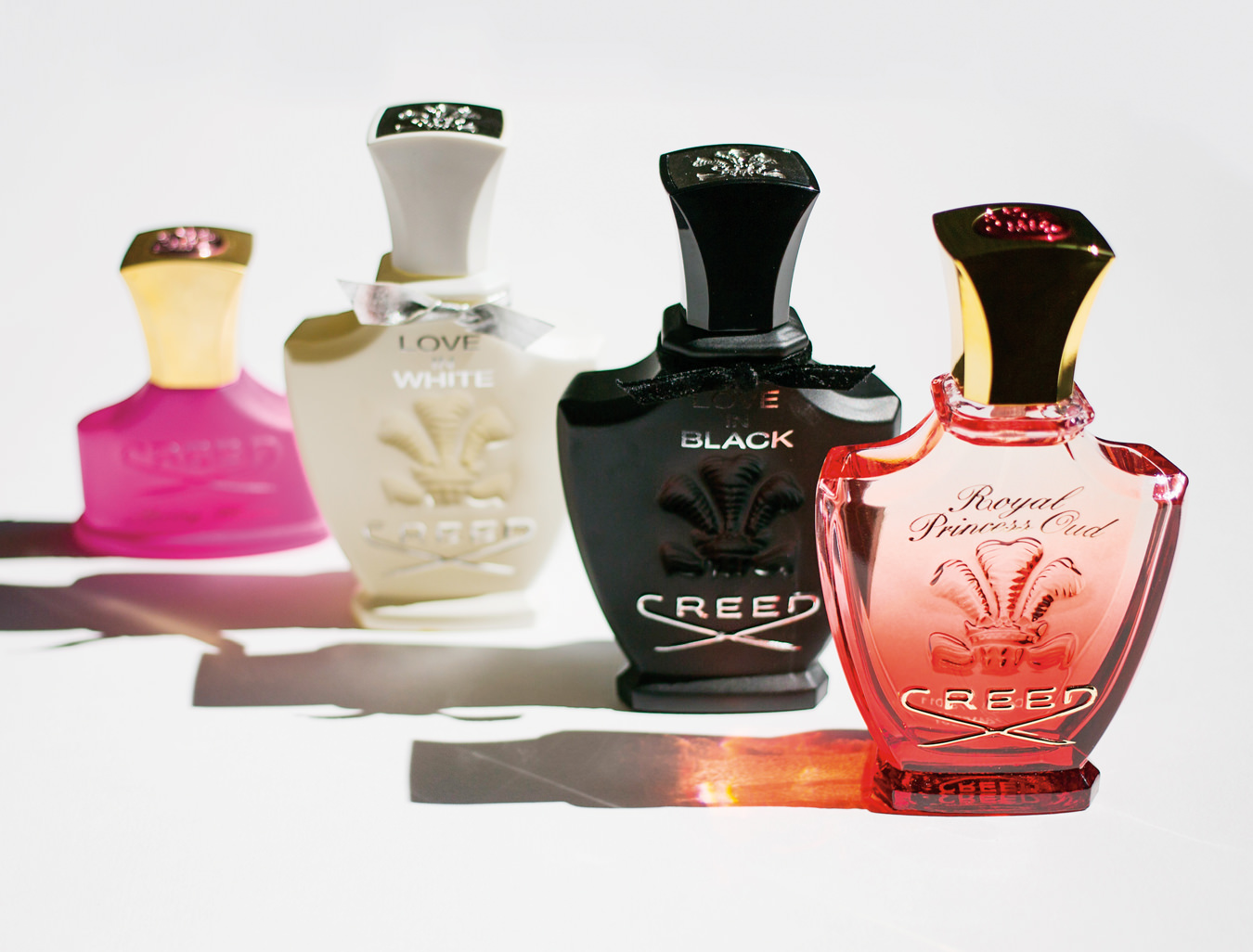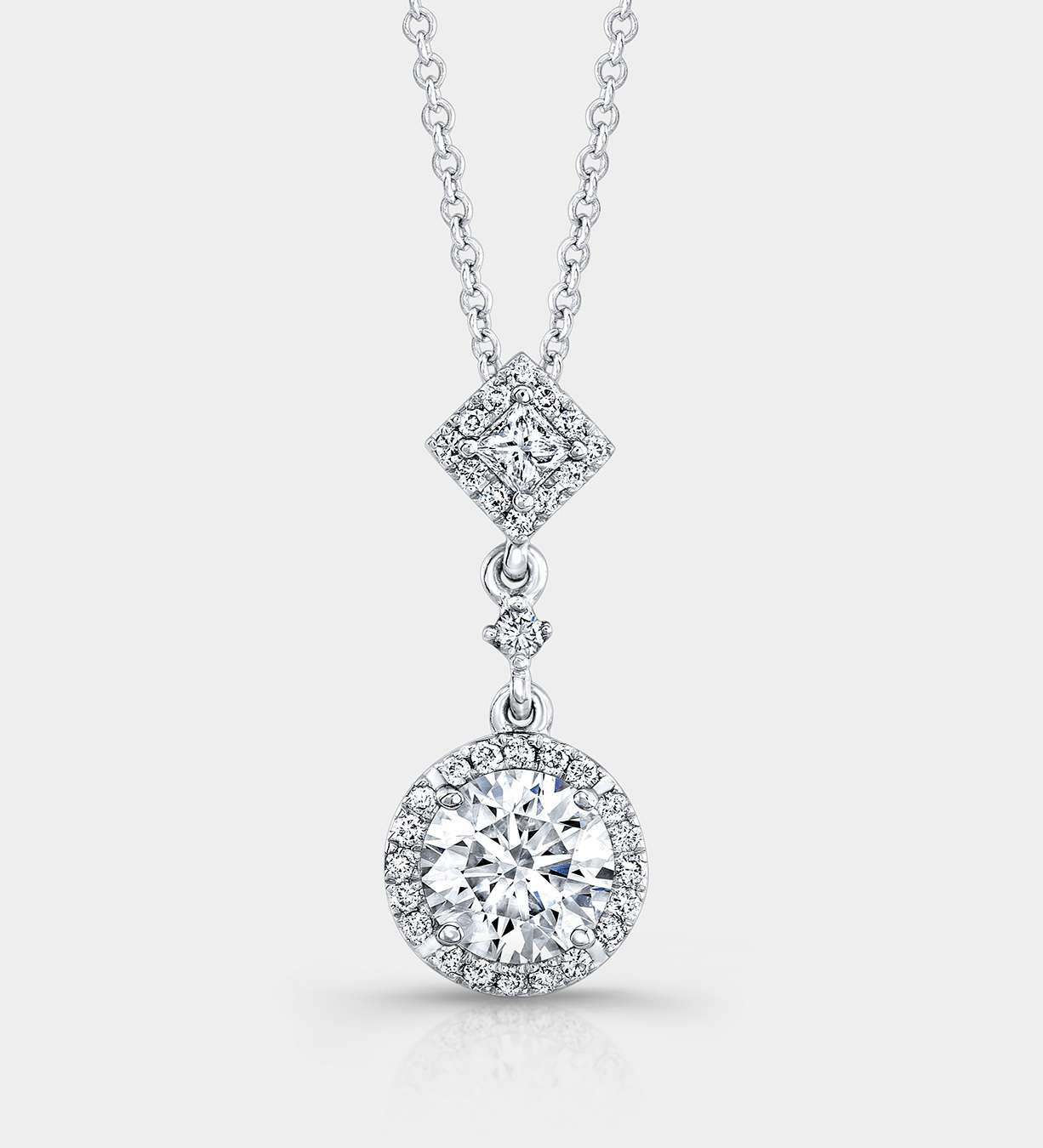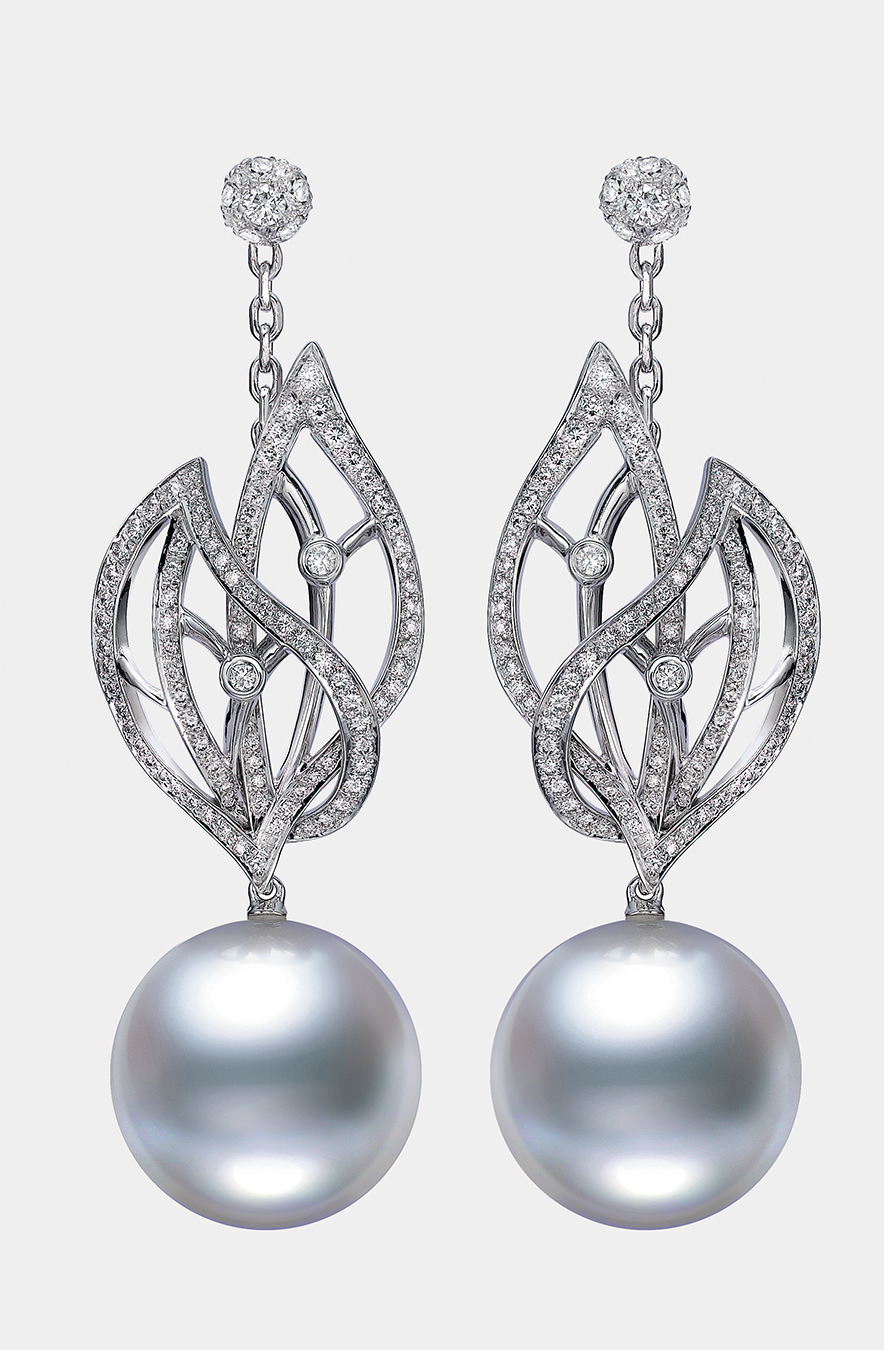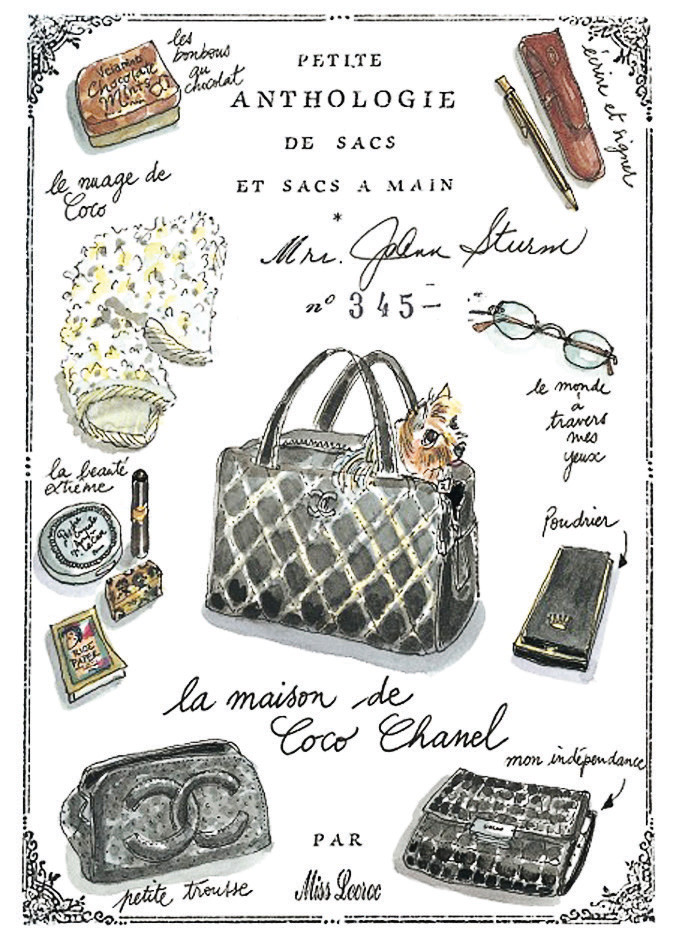Perfumers Olivier and Erwin Creed
Masters of the house.

Rewind to 1760, just for a moment. It was the year that George III was crowned king of Great Britain, and steam-powered automobiles were still just prototypes. The French Revolution hadn’t happened yet, nor had George Washington become the first president of the United States. The House of Creed was founded that year, a long time ago indeed, by James Henry Creed, and since then the heritage brand has been passed down through the lineage to the current perfumer, sixth-generation Olivier Creed, and his son, Erwin. Today, this duo continues to create uncommon fragrances under the family name, extravagantly crafted in Fontainebleau, just outside of Paris.
“My father and me, we are like the painter, the artist,” says Creed the younger, a handsome 35-year-old with a thick French accent who is being trained by his father. Three new buildings were completed earlier this year, and make up the company headquarters and laboratory within which about 30 employees dedicate their days to perfume. Creed the elder became master perfumer in 1980; Erwin will one day inherit that role. The clan’s youngest has already contributed to fragrances such as Love in White—a fresh floral blend with notes of vanilla, iris, and orange zest—and Fleurs de Gardenia, among others. “We have our own opinion, our own way,” says Erwin of the father–son work dynamic, “but it’s nice that sometimes the perfume is a challenge.” Erwin confesses that he rarely wears his creations, for fear of having to pick a favourite. “I can’t,” he says. “They are like my babies, you know?”
It’s a fitting comparison for a lineage passed, as the perfume boxes state, “de père en fils” (from father to son), with a 250-year-old story that began in London with a needle and thread.
James Henry Creed was a clothier in the fashionable West End who supplied the English Royal Court with custom tailored garments and leather gloves. Eventually, his glove designs included a piece of leather soaked in essential oils to give off a light fragrance. When King George III began to wear them he was taken by the scent, commissioning Royal English Leather—the very first Creed perfume.
Fast-forward to 1854, when the operations moved to Paris at the invitation of Napoleon II and his wife, Eugénie. Creed became a court supplier to the Tuileries, and a purveyor farther east still to the Imperial Courts of Russia and Austria-Hungary.
With its aristocratic credentials solidified, there was no limit to the company’s royal fanfare. The woody, vanilla-laden Vanisia was created for Queen Maria Cristina of Spain; Queen Victoria commissioned Fleurs de Bulgarie. Sir Winston Churchill is said to have worn Tabarome Millesime, which has a hint-of-tobacco aroma; John F. Kennedy was partial to Vetiver. (These days, rumour has it that Michelle Obama wears Love in White). Aventus, which was launched in 2010 to celebrate Creed’s 250th anniversary, is the brand’s most popular blend to date. (“Nobody,” says Olivier, “nobody could have predicted its global success.”) In total, the House of Creed has turned out over 200 handmade perfumes throughout the past two and a half centuries.
It may sound like a lot, but these handmade batches come from, in many senses, a small home. “Creed is not like a big perfumer,” Erwin notes. “We are more like a designer who makes bespoke dresses.” Even the cut-glass bottles created by Pochet du Courval evoke a different era, refusing to conform to contemporary trends. The laborious processes of weighing, mixing, and macerating the raw ingredients are still done in-house and by hand. Olivier travels the world to seek out essences from places like Morocco, Bulgaria, and Turkey for rose, India for tuberose, and Italy for iris. Erwin does as well. “These days, we use a lot of bergamot, so I go every year with my father to the south of Italy,” he says. “It’s beautiful because we go and actually see the farmer. It is nice for him to work with us too because we make the pure, natural essence—when they smell our perfume, they can really smell that essence.”
This bitter Sicilian bergamot made its way into Royal Princess Oud, Creed’s latest women’s fragrance that debuts in November. As the backstory goes, the family discovered over 20 sketchbooks that turned out to be the handiwork of Olivier’s great-grandfather, Henry Creed II, from when he lived in London during the early 1900s. Inspired by the brand’s sartorial roots, Olivier crafted a woody floral scent with iris at the heart and oud at the base. The top notes of bergamot with rose and violet soften the intensity of the oud—a rare and complex scent, also known as agarwood, that is beloved among perfumers—and give the potent note a fresh, youthful touch.
“Oud can have the perception of attracting a more mature client, but I liked the idea of creating a scent for a younger fragrance client,” explains the master perfumer. “A modern woman—somewhat seductive and captivating with a passion for life. We also made the packaging a bit more playful … which I feel speaks to my vision of that woman.” Royal Princess Oud is bottled in a gradient ruby-red decanter and capped with a gold lid for a strong yet ultra-feminine look. “I liken this fragrance to a woman’s modern-day little red dress,” adds Olivier. “I feel like the ritual of dressing is a thing of beauty from the past and to add scent to that has become an essential finishing touch.”
Discreet and esteemed, precious and rare, there is no end in sight for perfumes labelled Creed. Still, knowing the final note on which to end is always important in the field of fragrance. As Olivier puts it: “This is what defines a good perfumer: when to say, ‘It’s done.’ ”




